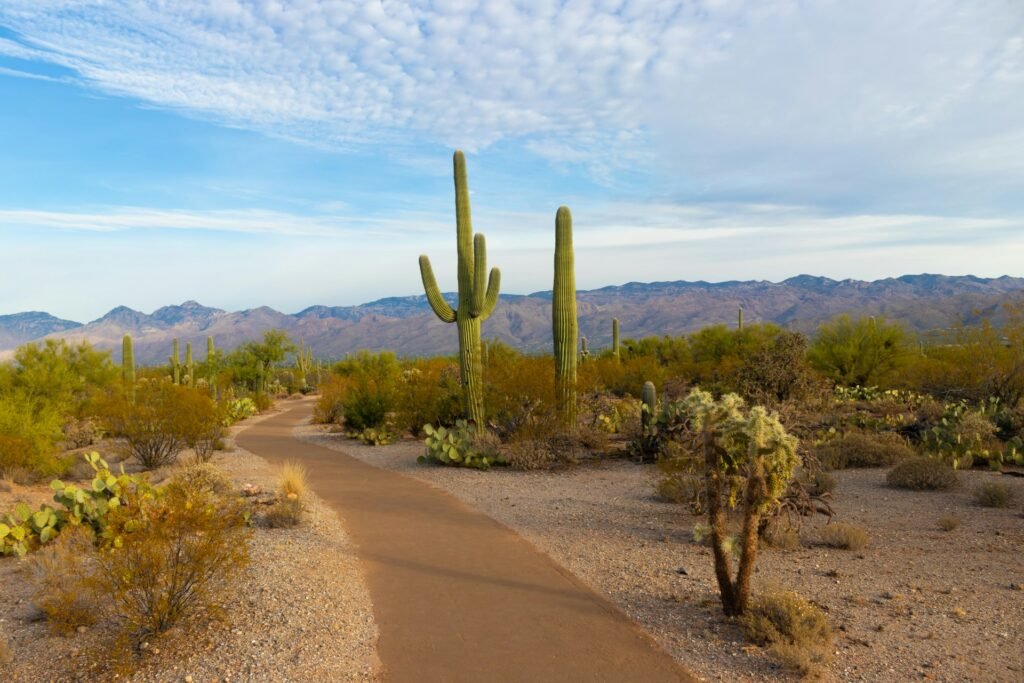What can we do to stop water pollution?
Water pollution occurs when harmful substances—often chemicals or microorganisms—contaminate a stream, river, lake, ocean, aquifer, or other body of water, degrading the water quality and rendering it toxic to humans or the environment. This widespread problem of water pollution is jeopardizing our health. Unsafe water kills more people each year than war and all other forms of violence combined. Meanwhile, our drinkable water sources are finite. Less than 1 percent of the earth’s freshwater is actually accessible to us. Without action, the challenges will only increase by 2050, when global demand for freshwater is expected to be one-third greater than it is now.
Fourteen billion pounds of plastics are dumped into the ocean each year. Not only that, but every year, more people die from unsafe water than from all forms of violence, including war. So, we have to take some serious steps to reduce the damage caused by water pollution. Here are some key solutions:
1. Reduce your plastic consumption and reuse or recycle plastic when you can.
2. Properly dispose of chemical cleaners, oils, and nonbiodegradable items to keep them from going down the drain.
3. Maintain your car so it doesn’t leak oil, antifreeze, or coolant.
4. If you have a yard, consider landscaping that reduces runoff and avoids applying pesticides and herbicides.
5. Don’t flush your old medications! Dispose of them in the trash to prevent them from entering local waterways.
6. Be mindful of anything you pour into storm sewers, since that waste often won’t be treated before being released into local waterways. If you notice a storm sewer blocked by litter, clean it up to keep that trash out of the water. (You’ll also help prevent troublesome street floods in a heavy storm.)
7. Blow or sweep fertilizer back onto the grass if it gets onto paved areas. Do not put fertilizer on the grass right before it rains. The chemicals will wash into storm drains and waterways.
8. Mulch or compost grass or yard waste, or leave it in your yard if you can’t compost. Don’t blow leaves into the street. This clogs and damages storm drains.
9. You can further cut down on water pollution by using just enough of these cleaners to do the job. Phosphates aren’t the only harmful chemicals in cleaners. Phosphates lead to algae blooms and kill fish and other aquatic animals by reducing the oxygen in the water.
10. Many cases of illegal waste disposal and other forms of water pollution go unreported and often aren’t cleaned up. Report people who pour oil in storm drains, toss bags of trash in a stream, and so on.
11. Plant trees and local ground cover to support your soil. When soil gets eroded and ends up in streams, rivers, and other waterways, chemicals that exist in the soil mix with the water and create problems for plant and animal life. For example, when phosphorus levels get too high in a body of water, they lead to algae blooms that can kill fish populations. The plants’ roots hold the soil in place and keep it from falling into the water.
12. Encourage the installation of rainwater harvesting systems to reduce runoff and decrease the load on wastewater treatment facilities.
13. Organize workshops and campaigns to educate the public about the importance of water conservation and how to reduce contaminants in wastewater.
14. Use water-saving fixtures and reduce water waste. Be cautious about the use of household chemicals, and dispose of them properly.
15. Upgrade and maintain sewage systems to prevent leaks and overflows. Develop systems to capture and treat runoff from urban areas before it reaches natural water bodies.
By integrating these strategies, we can significantly reduce water pollution and protect our water resources for future generations.



